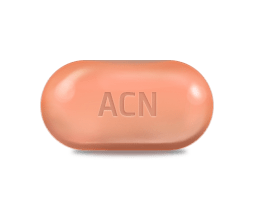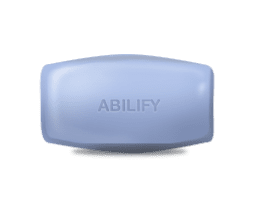- Your cart is empty
- Continue Shopping
Product

Xeljanz (Tofacitinib)
$0.00
- Canaan Pharmacy Online Pharmacy | Online Canadian Pharmacy
- Need More Information Call Us 1-833-356-6337
Product Details
Description
What is Xeljanz?
Xeljanz (tofacitinib) is a drug used to treat autoimmune disorders like psoriatic arthritis, rheumatoid arthritis, and ulcerative colitis.
How does it work?
Xeljanz works by reducing your body’s ability to mount an immune response.
How is it supplied?
You can buy Xeljanz online as 5mg or 10mg tablets. You can also get Xeljanz as 11mg or 22mg extended-release tablets.
How should I store it?
Store your Xeljanz at room temperature and keep it out of reach of children.
Directions
Should I take Xeljanz with food?
- You can take Xeljanz with or without food.
Are there any special instructions?
- Swallow your Xeljanz tablets whole. Do not crush or chew them.
- To switch from immediate-release tablets to extended-release tablets:
- Take your second immediate-release tablet of the day, then
- Start your next day with an extended-release tablet
What is the usual dose?
- The usual dosages for Xeljanz are as follows:
- Psoriatic Arthritis
- Immediate-release tablets – Take 5mg by mouth twice daily
- Extended-release tablets – Take 11mg by mouth once daily
- Rheumatoid Arthritis
- Immediate-release tablets – Take 5mg by mouth twice daily
- Extended-release tablets – Take 11mg by mouth once daily
- Ulcerative Colitis
- Immediate-release tablets
- Initial dose – Take 10mg by mouth twice daily for eight weeks, then transition to the maintenance dose. If your therapeutic response is not adequate after eight weeks, continue taking 10mg twice daily for another eight weeks. Stop taking Xeljanz if you do not achieve an adequate response after 16 weeks.
- Maintenance dose – Take 5mg by mouth twice daily. Your doctor might periodically increase your dose to 10mg twice daily, depending on how well your therapy is going.
- Extended-release tablets
- Initial dose – Take 22mg by mouth once daily for eight weeks, then transition to the maintenance dose. If your therapeutic response is not adequate after eight weeks, continue taking 22mg daily for an additional eight weeks. Stop taking Xeljanz if you do not achieve an adequate response after 16 weeks.
- Maintenance dose – Take 11mg once daily. Your doctor might periodically increase your dose to 22mg once daily, depending on how well your therapy is going.
- Immediate-release tablets
- Psoriatic Arthritis
Ingredients
What is the active ingredient in Xeljanz?
- The active ingredient in Xeljanz is tofacitinib.
What are the inactive ingredients?
- Find a full list of inactive ingredients in the package insert.
Cautions
Who should avoid taking Xeljanz?
- Do not take Xeljanz if you have a known allergy to any of the ingredients.
- Avoid Xeljanz if you are at an increased risk of blood clots.
What are the risks?
- Xeljanz has a black box warning regarding serious infections, malignancy, and thrombosis. Review the full warning in the package insert and discuss your risks with your doctor.
- You should not receive live vaccinations while using Xeljanz. Discuss alternative vaccine options with your doctor or pharmacist.
- Xeljanz can increase your risk of skin cancer.
- Xeljanz can increase your blood lipid levels.
- Xeljanz can increase your risk of gastrointestinal perforation.
- Xeljanz can increase your risk of infection.
- Xeljanz can cause a decrease in your white blood cell count. Your doctor should monitor your blood before you start using Xeljanz and periodically while you are in treatment.
- Xeljanz can damage your liver. Discuss your risk with your doctor.
- Tell your doctor if you have a history of tuberculosis.
- Tell your doctor if you have ever had hepatitis B. infection.
- If you are being treated for rheumatoid arthritis, you could have an increased risk of pulmonary embolism. Discuss your risk with your physician.
Side Effects
What are the common side effects of Xeljanz?
- Increased HDL and LDL levels
- Headache
- Urinary tract infection
- Nasopharyngitis
- Upper respiratory infection
What are the serious side effects?
- Skin cancer
- Gastrointestinal perforation
- Anemia
- Decreased lymphocyte count
- Deep vein thrombosis
- Neutropenia
- Thrombosis
- Liver injury
- Infectious disease
- Lymphoproliferative disorder following transplantation
- Opportunistic infection




